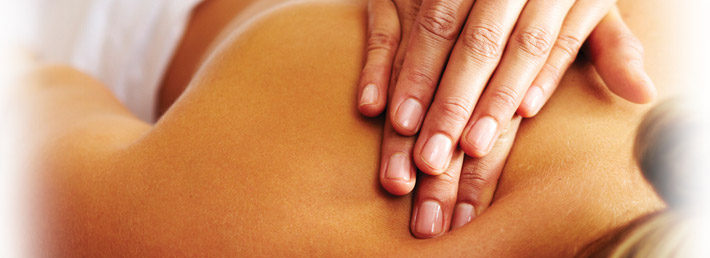By: Jessica Britton, LMT
Do you feel twitching or spasms in your muscles? Muscle spasms are a common ailment that people continually deal. So, what are they and why do you get them?
What Is A Muscle Spasm?
Muscle spasms are involuntary contractions or uncontrollable tightening of muscles. This can be a response to strain, overuse, weakness, local pain, muscle imbalances, an injury, or even a disorder. It is common for muscle spasms to occur when you are exerting a lot of energy or are straining, such as while performing heavy lifting, working out, or engaging in a strenuous sports activity. They can also come from electrolyte, vitamin, or mineral imbalances in your body. Prolonged muscle spasms can even turn into a muscle cramp.
What Are Some Things I Can Do To Keep From Getting Muscle Spasms?
A few tips of how you can help yourself at home, and common office treatments that can help as well.
Consume Electrolytes, Vitamins, and Minerals
Electrolyte deficiency in muscles can often lead to muscle spasms and cramps. Make sure you’re consuming enough water and electrolytes throughout the day. Also, don’t try to consume it all at one time of the day, spread it out throughout the day. Drinks like gatorade, powerade, crystal light, and Mio may be choices to increase your electrolytes. However, be careful and try not to consume too much refined sugar or chemicals in your drink. Sugar free options that contain aspartame and phenylalanine can actually cause neurological symptoms which may increase muscle tension.
Stretching
Stretching before and after exercise is always a good precaution. If done regularly this can help decrease chronic muscle spasms and decrease associated pain.

Heat and Ice
Heat and ice can help decrease chronic pain and relax muscles. With chronic pain it’s best to put on a heating pad, medium heat for 15-20 minutes over the muscle spasms. Ice is best used for muscle spasms associated with acute pain and should be applied regularly in the first 3-4 days after an injury to the muscles which will help decrease inflammation.
Chiropractic Manipulation
Adjusting joints that have restricted movement has been shown to “reset” the neuromuscular connection with muscles and joints. Decreased muscle spasms and increased range of motion are common after getting adjusted.
Neuromuscular Massage Therapy
Neuromuscular therapy consists of alternating levels of concentrated pressure on the areas of muscle spasm. Pressure is usually applied with the fingers, knuckles, or elbow. Once applied to a muscle spasm, the pressure is constant for ten to thirty seconds. Pressure may vary according to patient tolerance and active patient movement is used along with the pressure. This helps “retrain” the neuromuscular system.
Swedish Massage
Swedish massage tends to be the general relaxation massage that most people think of. Increased blood flow to the muscles with massage brings nutrients and oxygen that are essential to healing. The increased blood flow also helps remove waste products and toxins. This massage tends to relax as well as heal the muscles that may have spasms.

Remember that anyone with muscle spasms or any pain should be evaluated fully by a medical professional before self treatment. Please refer to our therapeutic services for further information and feel free to contact us for any further questions.
